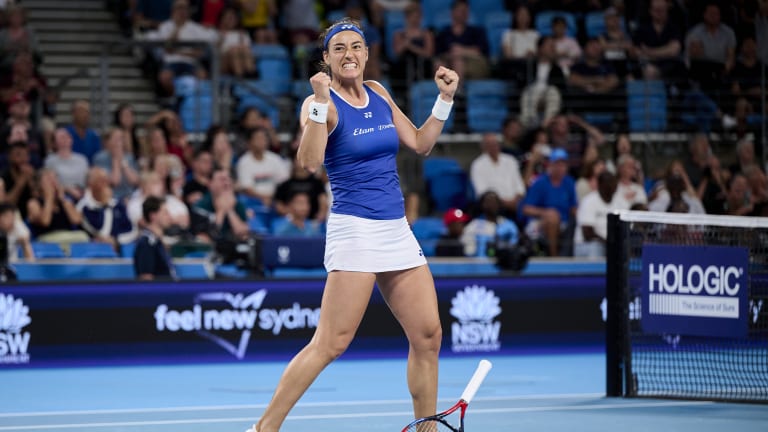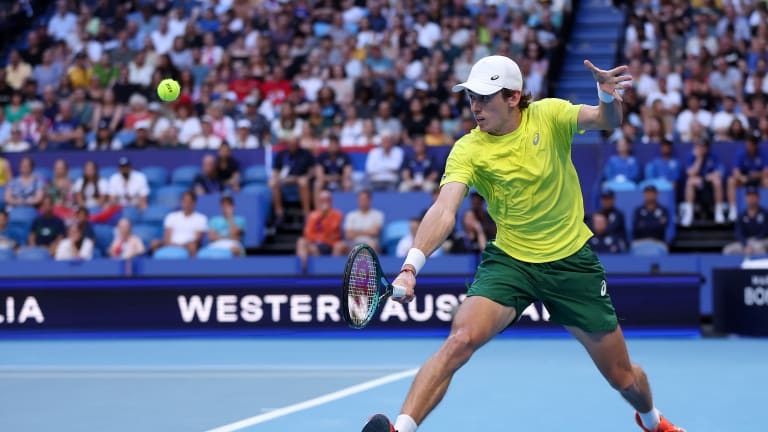United Cup
United Cup is fun, novel—and gives new appreciation to the tried-and-true knockout tournament
By Jan 05, 2024United Cup
Swiatek, Gauff, Osaka, Auger-Aliassime, Zverev among 2026 United Cup entrants
By Nov 17, 2025United Cup
Taylor Fritz out-serves Hubert Hurkacz to clinch Team USA's second United Cup title in three years
By Jan 05, 2025United Cup
Coco Gauff beats Iga Swiatek to put Team USA ahead 1-0 in United Cup final
By Jan 05, 2025United Cup
Coco Gauff, Taylor Fritz lead Team USA into United Cup final, Team Poland awaits
By Jan 04, 2025United Cup
Iga Swiatek leads Poland into United Cup finals with win over Elena Rybakina
By Jan 04, 2025United Cup
"Where there's smoke, there's fire": CoCo Vandeweghe backs WTA investigation of Elena Rybakina ex-coach Stefano Vukov
By Jan 04, 2025United Cup
WATCH: Karolina Muchova turns on style during win United Cup win over Jasmine Paolini
By Jan 03, 2025United Cup
Iga Swiatek survives United Cup tussle with Katie Boulter, clinches semifinal spot for Poland
By Jan 02, 2025United Cup
Coco Gauff and Taylor Fritz lead U.S. into United Cup semifinals again
By Jan 01, 2025United Cup is fun, novel—and gives new appreciation to the tried-and-true knockout tournament
It can take multiple matches in the dual-gender team event to reach a result, and it’s hard to know what a victory means, exactly, to players or fans.
Published Jan 05, 2024
Advertising

Taking nothing away from Caroline Garcia's performance for France, the biggest WTA stars began their seasons at tournaments in Brisbane and Auckland.
© Brett Hemmings
Advertising

Alex de Minaur's victory over Novak Djokovic, in front of an Aussie crowd, was clearly a highlight from this year's United Cup. But few matches in the event's history have matched those dramatic heights.
© Getty Images